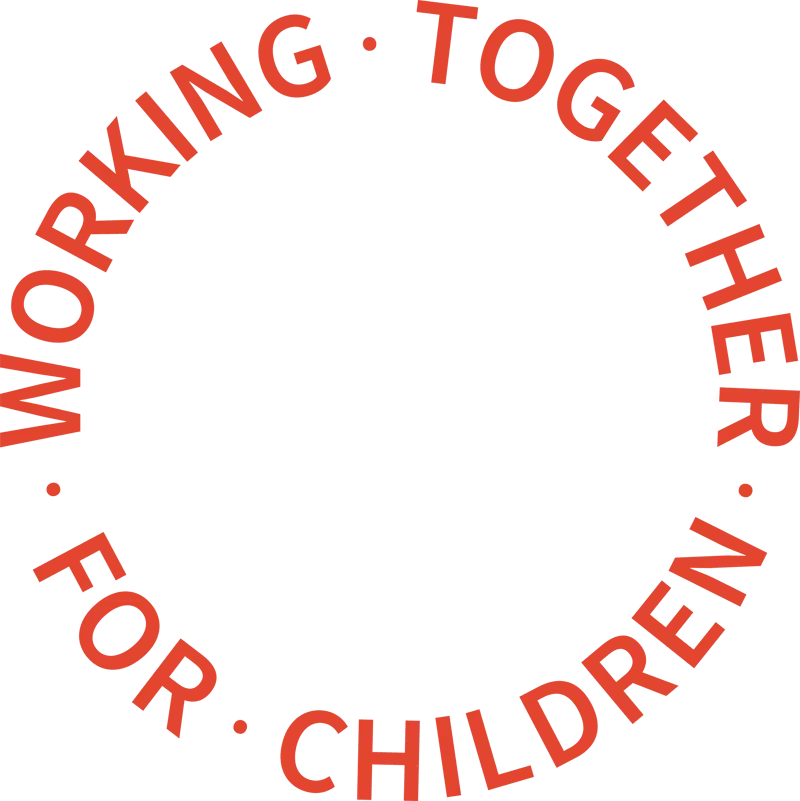New guidelines for social workers dealing with child abuse and neglect has been issued by the National Institute for Health and Clinical Excellence.
The Department for Education and Department of Health asked NICE to produce the guidance. The draft guidance outlines how social workers, teachers and police officers, along with others working outside healthcare, can spot the signs of abuse or neglect and how they should act faced with a range of differing circumstances.
Professor Gillian Leng, deputy chief executive of NICE said: “Anyone working with children has to play their part in responding to abuse or neglect. Our previous guidance for this area focused on health professionals. Now we want to help staff outside of hospitals recognise when a child may be at risk of harm.
“We want all professionals to be aware and recognise when they need to ask questions or follow up with colleagues about a child’s wellbeing. Not all cases will cause concern but if we do not ask, we may miss opportunities to protect children in their time of need.”
Last year, 50,310 children were identified as in need of protection from abuse. Often cases of child abuse or neglect will go unreported because children feel ashamed or do not fully understand the wrongdoing. Therefore it is difficult to know exactly how many children are suffering.
The draft guidelines, currently out for consultation, suggest some ‘soft signs’ that in themselves do not indicate abuse but warrant further consideration. These include:
- Being fearful or withdrawn, low self-esteem
- Extreme distress
- Wetting and soiling
- Recurrent nightmares containing similar themes
- Aggressive, oppositional behaviour
- Withdrawal of communication
- Lack of ability to understand and recognise emotions
- Habitual body rocking
- Indiscriminate contact or affection seeking
- Over-friendliness to strangers, including healthcare practitioners
- Excessive clinginess
- Persistently seeking attention
- Demonstrating excessively ‘good’ behaviour to prevent parental or carer disapproval
- Failing to seek or accept appropriate comfort or affection from an appropriate person when significantly distressed
- Coercive controlling behaviour towards parents or carers
- Very young children showing excessive comforting behaviours when witnessing parental or carer distress.
Signs that should signal a more serious level of alarm, where further investigation is needed, include a child arriving at school injured and persistently unclean; if they exhibit overtly sexualised behaviour when they haven’t reached puberty yet; or if parents are physically punishing their children to excess.
The guideline then explains what actions professionals should take. The guidelines also set out the approach that professionals should take when working with young people which includes taking a child-centred approach to all work with children and young people and involving them in decision-making, using a range of methods for communicating with young people, producing a written record of any conversations with young people and sharing reports with the young person if it is appropriate.
Early help should be offered to families where children are at risk of abuse or neglect. Social workers should consider a programme of home visits, lasting at least 6 months, for parents or carers at risk of abusing or neglecting their child or children. This includes parents or carers with previously confirmed instances of abuse and neglect.
The draft guideline states that children who have suffered abuse or neglect should be given a safe place to stay and referred to the appropriate services.
Professor Corinne May-Chahal, a leading researcher in child protection at Lancaster University and chair of the guideline committee said: “Our awareness of the different forms of child abuse and neglect is developing all the time but it is difficult for professionals to keep track of the best ways to assess abuse and intervene effectively.
“This guideline is important as it will help professionals spot the warning signs and focus on what early help and interventions can be provided,” she added.
NICE wants to hear people’s views on the draft guideline and these will be taken into account before final publication. The draft is available for public comment in a consultation until Wednesday 19 April.


